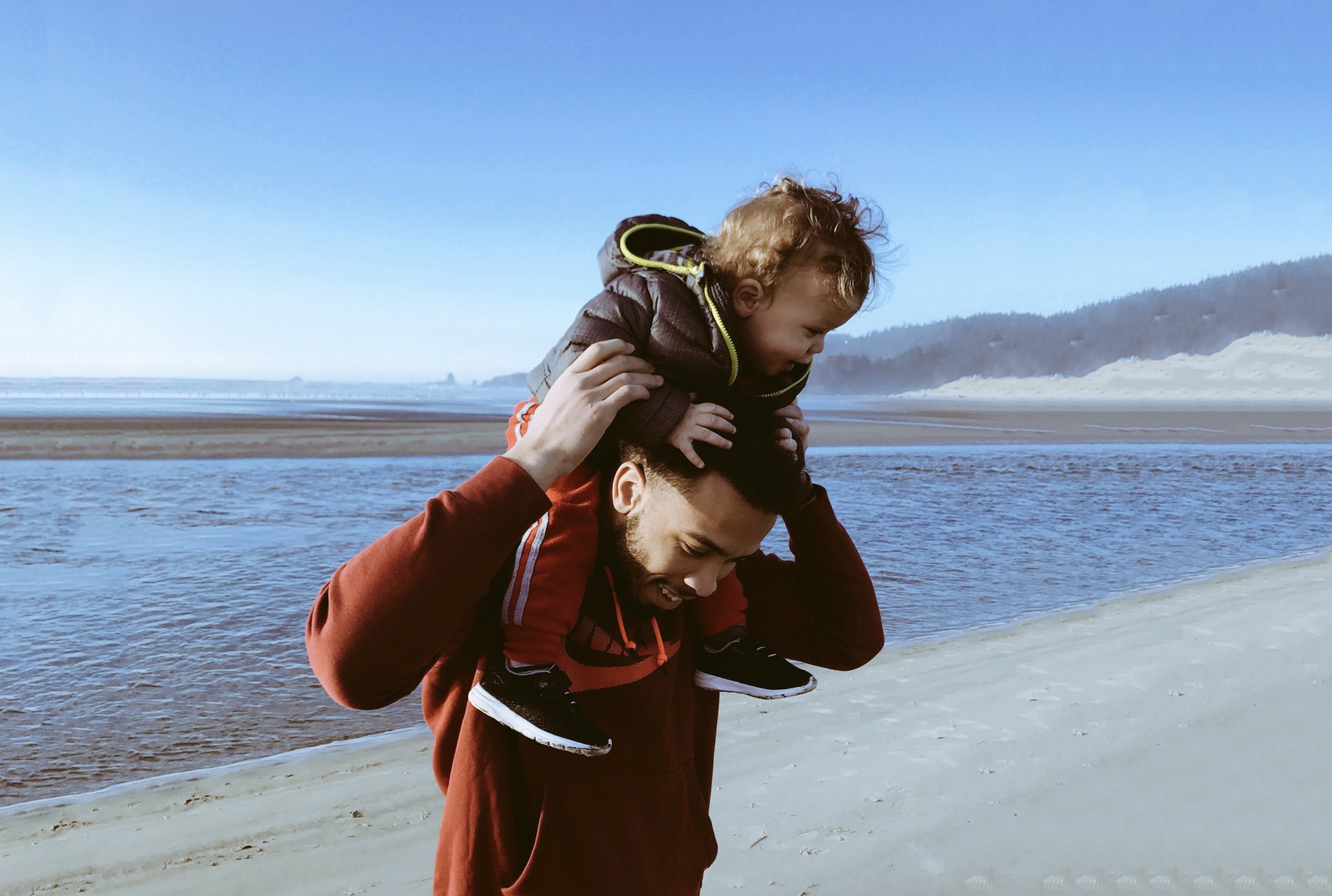
March 19, 2020 by Don Hubin, Ph.D., Chair, National Board of Directors
Parents around the country are struggling with the disruptions to life caused by the coronavirus pandemic. Increasing numbers of schools and daycare facilities are closing—many for the duration of the school year. This poses unprecedented challenges for all parents of young children. And these challenges are magnified when there is only one parent actively involved in the children’s day-to-day lives.
According to the Bureau of Labor Statistics, in 2016 more than 60% of families with both parents living together were ones where both parents worked. More than 55% of such families with children under 6 years old were dual income families. This means that, in the majority of such cases, there isn’t the “reserve capacity” of one stay-at-home parent to take on the additional tasks of full-time child care.
These families are scrambling to find ways to manage the novel challenges facing parents around the world. In some cases, these parents will now be working from home which will allow (require!) these parents to juggle child care and work. But many are engaged in work that cannot be done from home. In these cases the juggling of responsibilities presents even greater challenges.
But now consider the plight of children whose parents do not live together. Census Bureau statistics show that more than a quarter of America’s children live in single-parent households. The vast majority of these children are subject to a parenting arrangement that places them in the care of one parent for the vast majority of the time and allows them only weekend “visitation” with their other parent.
How do the parents of these children handle the need to take over fulltime care of their child(ren) and continue to work? Even if they are now working from home, they’re doing double duty. And matters are even worse if they must leave home to work. Schools and other child care facilities are closed, relatives might not be available to take on daily child care work. These parents will face extremely difficult choices.
Some children whose parents live apart are more fortunate. Their parents have been sharing child rearing responsibilities; neither has been sidelined. Both parents have been involved in the day-to-day child care responsibilities that constitute parenting.
Things won’t be easy for these families either. But because they have greater “reserve capacity,” they will have more resiliency. If one parent cannot work from home, perhaps the other can and, for the duration of the current situation, the children’s schedules can be adjusted to allow for this. Even if neither parent is able to work from home, having two engaged parents provides greater flexibility and more options for dealing with the challenge. For example, there is a greater chance that one or both parents can change their work schedule to cover the additional child care time needed.
The disruption in families’ lives caused by the coronavirus pandemic poses challenges to all families with children. But those challenges are exacerbated for those families where one parent has been marginalized in the children’s lives. There are many lessons to be learned from the coronavirus pandemic. But one we would do well to take to heart is that keeping both parents fully engaged in raising their children is protective for children; it provides an extra source of support for the children, the value of which becomes even more apparent in times like these.
